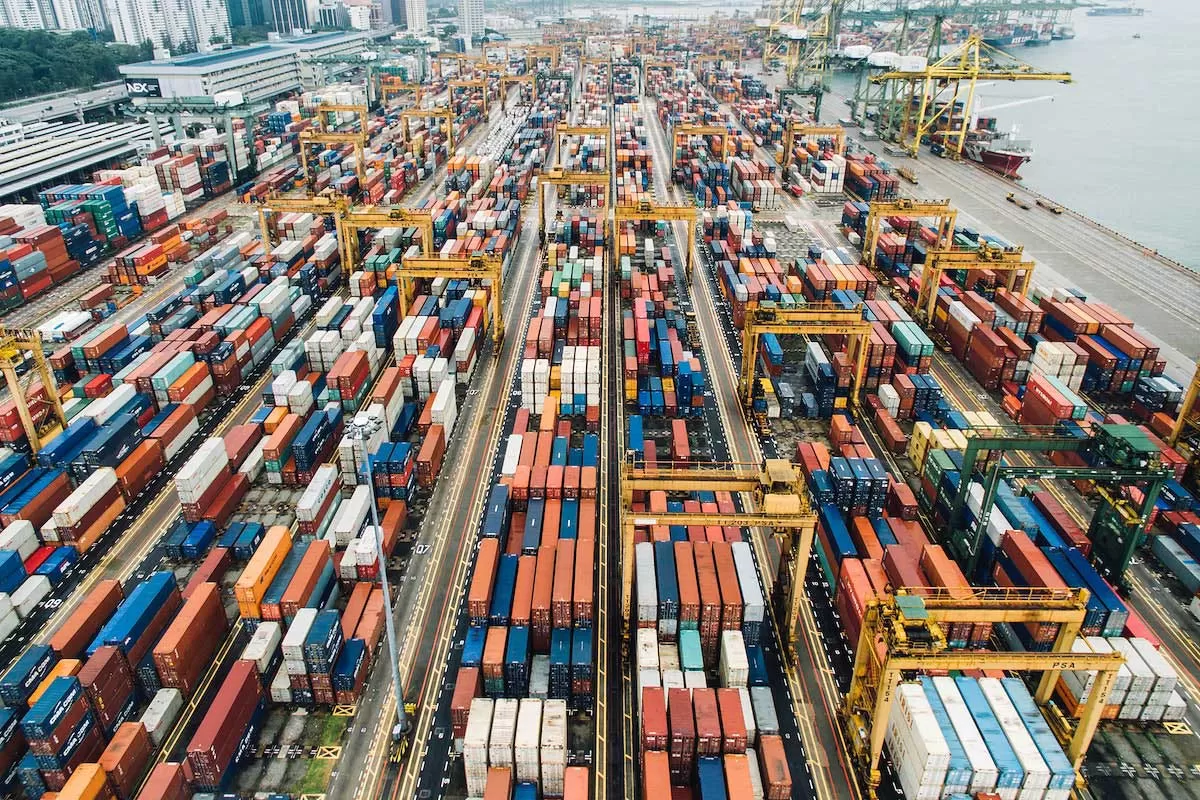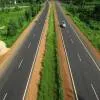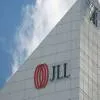The Jawaharlal Nehru Port Authority (JNPA) is moving forward with its ambitious plans to execute dredging and reclamation work at the upcoming Vadhavan Port through the Hybrid Annuity Model (HAM). JNPA Chairman Sanjay Sethi expressed confidence in successfully pulling off this large-scale project, crucial for positioning Vadhavan Port as a major hub in India’s maritime infrastructure network. The project is seen as key to expanding the country’s port capacity and enhancing global trade connectivity.
Key Details:
Hybrid Annuity Model (HAM): JNPA has chosen the HAM model for the dredging and reclamation works, which combines elements of both public-private partnerships (PPP) and traditional EPC (Engineering, Procurement, and Construction) contracts. Under this model, the government provides a portion of the capital, while the remaining amount is financed by private investors. This approach ensures risk sharing between the public and private sectors and is considered a sustainable financing method for large infrastructure projects.
Vadhavan Port's Strategic Importance: Vadhavan Port is set to become a critical node in India’s maritime network, located along the Maharashtra coastline. Once completed, it will significantly boost the cargo handling capacity of the country and provide an alternative to existing ports in Mumbai and Gujarat. The port is also expected to play a pivotal role in catering to larger vessels, positioning India as a more competitive player in global shipping and trade.
Dredging and Reclamation: Dredging and reclamation are essential for creating the necessary deep-water berths at Vadhavan Port. This process involves excavating underwater sediment to increase water depth, making the port accessible to large ships. The reclamation work will focus on creating land areas required for port facilities and related infrastructure. The success of these operations is vital to the port's overall viability, and JNPA is optimistic about completing these tasks through the HAM model.
Environmental and Technical Challenges: Dredging operations at Vadhavan Port come with significant environmental and technical challenges. The port is situated in an ecologically sensitive area, and there are concerns about the impact of large-scale dredging on marine life and coastal ecosystems. JNPA is addressing these issues through rigorous environmental impact assessments and mitigation measures to minimize the effects on the surrounding environment.
Economic Growth and Employment: The development of Vadhavan Port is expected to spur significant economic growth in the region. It will not only increase trade but also generate employment opportunities, particularly in the sectors of construction, logistics, and port operations. The port’s strategic location and increased cargo capacity will also support India’s "Make in India" initiative by facilitating smoother export and import processes.
JNPA's Expertise: With a proven track record of handling major port projects, JNPA is leveraging its expertise to ensure the success of the Vadhavan project. The authority has already implemented similar large-scale infrastructure works at the Jawaharlal Nehru Port (JNP), which is one of India’s busiest and most important ports. The experience gained from these operations positions JNPA well to manage the complexities of the Vadhavan port development.
Looking Ahead: As JNPA moves forward with dredging and reclamation activities, the focus will be on completing the port development in line with the highest international standards. The successful implementation of the HAM model will likely serve as a blueprint for future infrastructure projects in India’s port sector. If Vadhavan Port is developed as planned, it could drastically reduce congestion at existing ports and open new avenues for India’s maritime trade.
Conclusion:
The Vadhavan Port project is gaining momentum, with JNPA confident of successfully executing the dredging and reclamation work through the Hybrid Annuity Model (HAM). The port holds immense potential for boosting India's maritime infrastructure and global trade connections. However, environmental challenges and the scale of operations remain critical factors to address as JNPA aims to meet its ambitious goals.





















